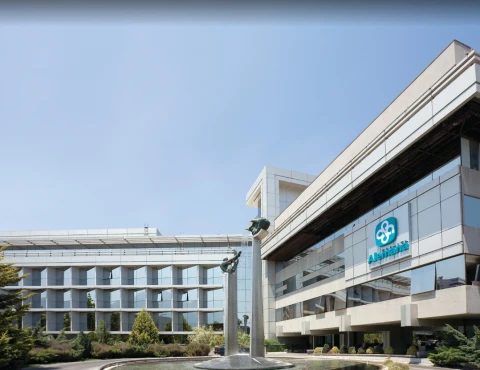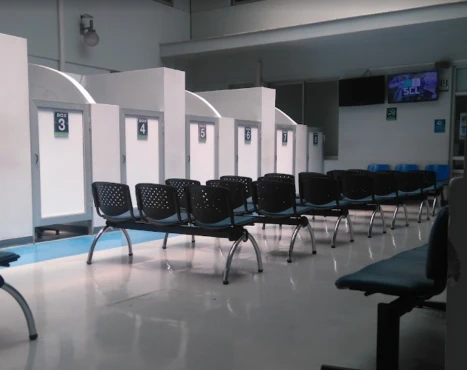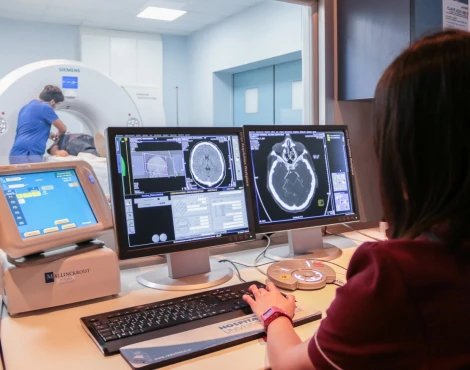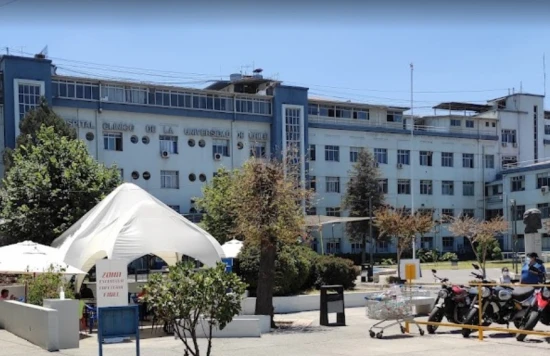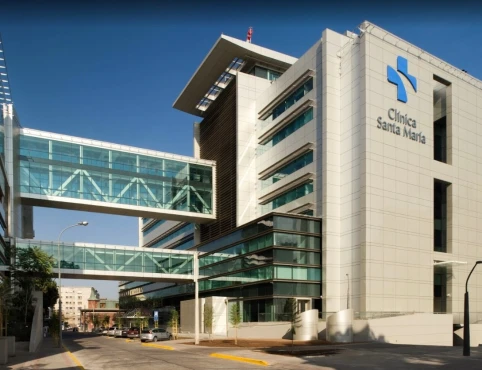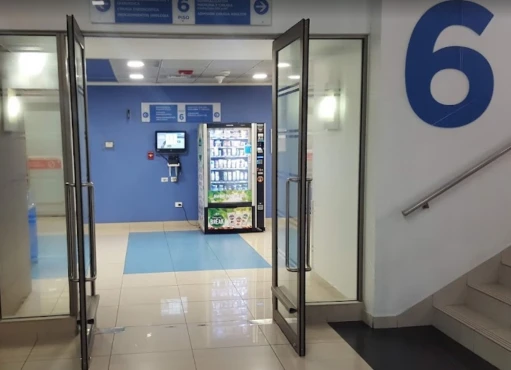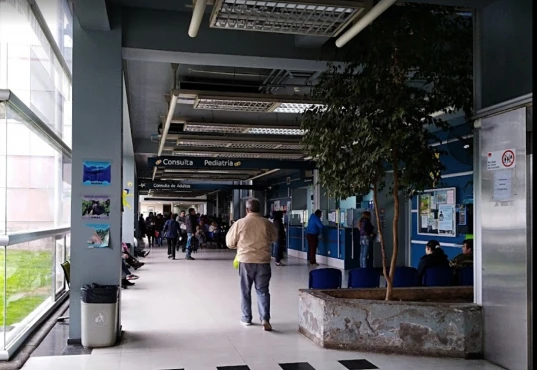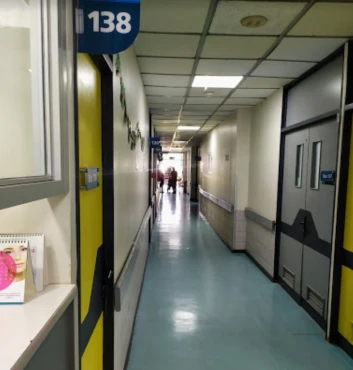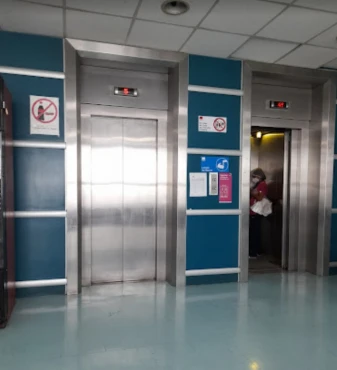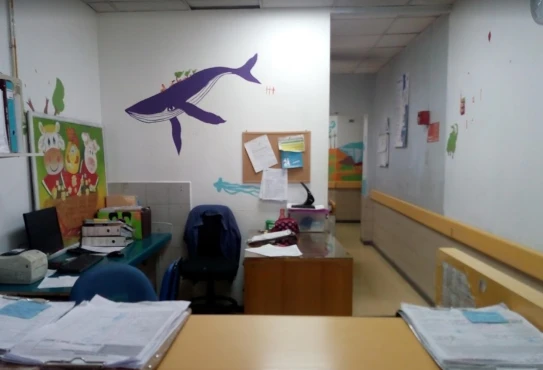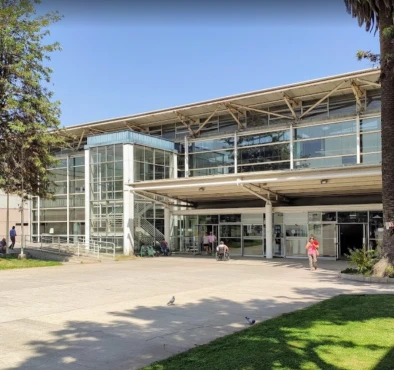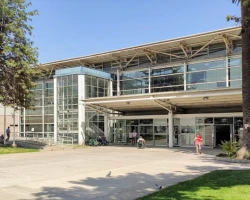Laminectomy is a surgical procedure performed to relieve pressure on the spinal cord or nerves by removing part or all of the lamina, a section of bone in the spine. It is often used to treat conditions like spinal stenosis or herniated discs, which can cause pain, weakness, or numbness. Recovery typically involves physical therapy to restore mobility and strength.
Laminectomy procedure, Acute limb ischemia disease treatment in 4 clinics in Chile
4 clinics specializing in Orthopedic surgery, Spine surgery, and Vascular surgery providing
Laminectomy
Laminectomy is a surgical procedure performed to relieve pressure on the spinal cord or nerve roots. It involves removing a portion of the lamina, the bony arch covering the spinal canal, to alleviate symptoms caused by spinal stenosis or herniated discs
Read more...
procedure, treatment of
Acute limb ischemia
Acute limb ischemia is a sudden blockage or reduction of blood flow to a limb, typically caused by a blood clot or arterial occlusion. It requires immediate medical intervention to restore blood supply and prevent tissue damage or limb loss.
Read more...
disease in Chile.


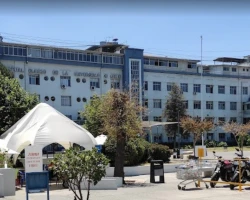
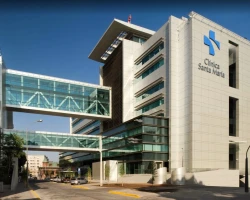
1 nearby similar clinic in Chile
Perhaps you should consider 1 more clinic we have found nearby basing on your Location, Disease, Procedure filters applied.
Procedure price distribution in Chile
Laminectomy:
Procedure prices in popular countries:
Laminectomy:
Countries with the highest number of clinics offering the procedures treatment:
Laminectomy:
Clinics grouping by rating
Clinic with the highest rating of 3.9 — Clínica Alemana de Santiago in Vitacura, Chile, clinic with the most reviews number of 719 — Clínica Santa María in Providencia, Chile.
Countries with the highest number of clinics treating the diseases:
Acute limb ischemia:
Related procedures:
Acute Limb Ischemia: Overview
Acute limb ischemia is a sudden decrease in blood flow to a limb, typically caused by a blood clot or arterial blockage. This condition can lead to severe pain, coldness, and loss of sensation in the affected limb, and if not treated promptly, may result in tissue damage or amputation. Treatment options include emergency surgery or catheter-based procedures to restore blood flow, as well as anticoagulant medications to prevent further clots.
- Isabella Gonzalez, M.D.








